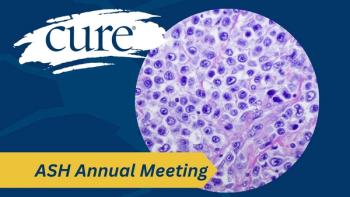
BraveHoods for brave kids
Several companies have adopted the "one for one" idea after the philanthropic success of TOMS, the shoe company that donates one pair of shoes to a child in need when you buy a pair of their espadrilles. In honor of Childhood Cancer Awareness Month, we wanted to point out another organization that is doing good. BraveHoods may not be on the same scale as TOMS, but its one-for-one campaign of delivering comfortable clothing to kids with cancer--and their siblings--while also bringing attention to childhood cancer is worth noting.Allison Yacht started BraveHoods in June 2013 in response to her daughter's cancer diagnosis and treatment. "One of the hardest things for her was going out and about when she was bald. We struggled for some time to try to make her more comfortable and finally found that a hoodie t-shirt worked perfectly," she says. "It is an easy and inconspicuous way for her to feel like she fit in."Yacht realized that other kids might be having the same issues and created BraveHoods, a clothing line that featured soft clothing with inspirational messages--with hoodies. Yacht said her first goal was to help kids with pediatric cancers be more comfortable. In her experience, she noted children didn't like hat, scarves or wigs, and being bald made them feel "on display." What most kids appreciated were hoodies, which are popular even with kids without hair loss. Her second goal was to create a business model where families dealing with cancer could receive one for free. When people purchase a BraveHood, Yacht donates one to a kid with cancer. Currently, they have given away almost 700 shirts. "We also donate to siblings because we know that they can get lost in the shuffle sometimes," she says. Yacht has made a goal to donate 1300 shirts. "We picked this number because there are 13,000 kids diagnosed each year and we want to reach just 10 percent of these kids," she says. Currently, BraveHoods are distributed through families contacting Yacht individually, as well as through Children's Hospital Colorado, Rocky Mountain Children's Health Foundation and Bags of Fun. Soon, BraveHoods will be going to Memorial Sloan-Kettering Cancer Center, St. Jude Children's Research Hospital and the Jimmy Fund. To learn more, you can visit





